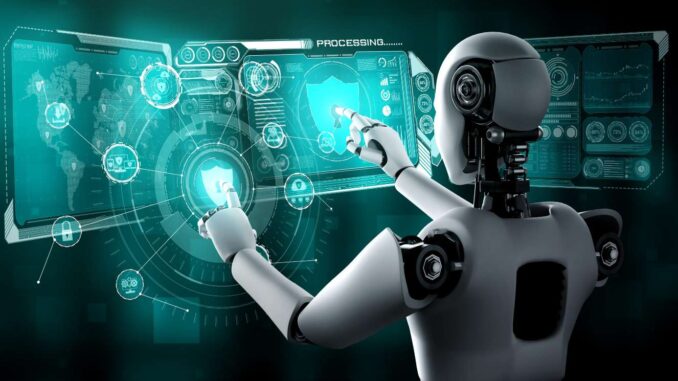
The deflationary nature of technology refers to the tendency for advancements in technology to lead to lower prices for goods and services over time. This phenomenon can significantly impact economies, industries, and consumer behavior. Here are some key aspects to consider:
### 1. **Cost Reduction:** – **Increased Efficiency:** Technological improvements often lead to more efficient production processes. For example, automation and robotics can reduce labor costs and increase output.










– **Economies of Scale:** As companies adopt new technologies, they can produce goods at a larger scale, which tends to lower the average cost per unit.
### 2. **Innovation and Competition:**
– **Disruption:** New technologies can disrupt existing markets by providing superior products or services at lower prices. For example, the rise of streaming services has dramatically reduced the price of entertainment compared to traditional cable.
– **Marketplace Dynamics:** Increased competition from tech-driven companies can lead to price wars, further driving down prices.
### 3. **Accessibility of Goods and Services:**
– **Digital Distribution:** The internet has enabled digital goods (e.g., software, music, and books) to be distributed at little to no marginal cost, resulting in significant price drops and increased access.
– **3D Printing and Customization:** Technologies like 3D printing can reduce manufacturing costs and make customized products more accessible to consumers.
### 4. **Impact on Labor:**
– **Job Displacement:** While technology can create new industries and job opportunities, it can also displace traditional jobs, leading to changes in the workforce.
– **Wage Pressures:** As some jobs become automated, there may be downward pressure on wages in affected industries.
### 5. **Consumer Behavior:**
– **Increased Demand:** Lower prices due to technological advancements can lead to increased consumer demand, as more people can afford goods and services.
– **Shift in Spending Patterns:** Consumers may shift their spending from traditional goods and services to technology-driven alternatives.
### 6. **Deflationary Risks:**
– **Economic Impact:** Prolonged deflation due to technological advancements can create challenges for economies, including reduced consumer spending and increased real debt burdens.
– **Monetary Policy Challenges:** Central banks may struggle to respond to deflationary pressures, especially in a low-interest-rate environment.
### Conclusion
The deflationary nature of technology can be a double-edged sword. While it can lead to lower prices and increased access to goods and services, it also poses challenges for economies, labor markets, and monetary policy. Understanding this dynamic can help stakeholders navigate the implications of technological advancements in a rapidly changing world.


Leave a Reply